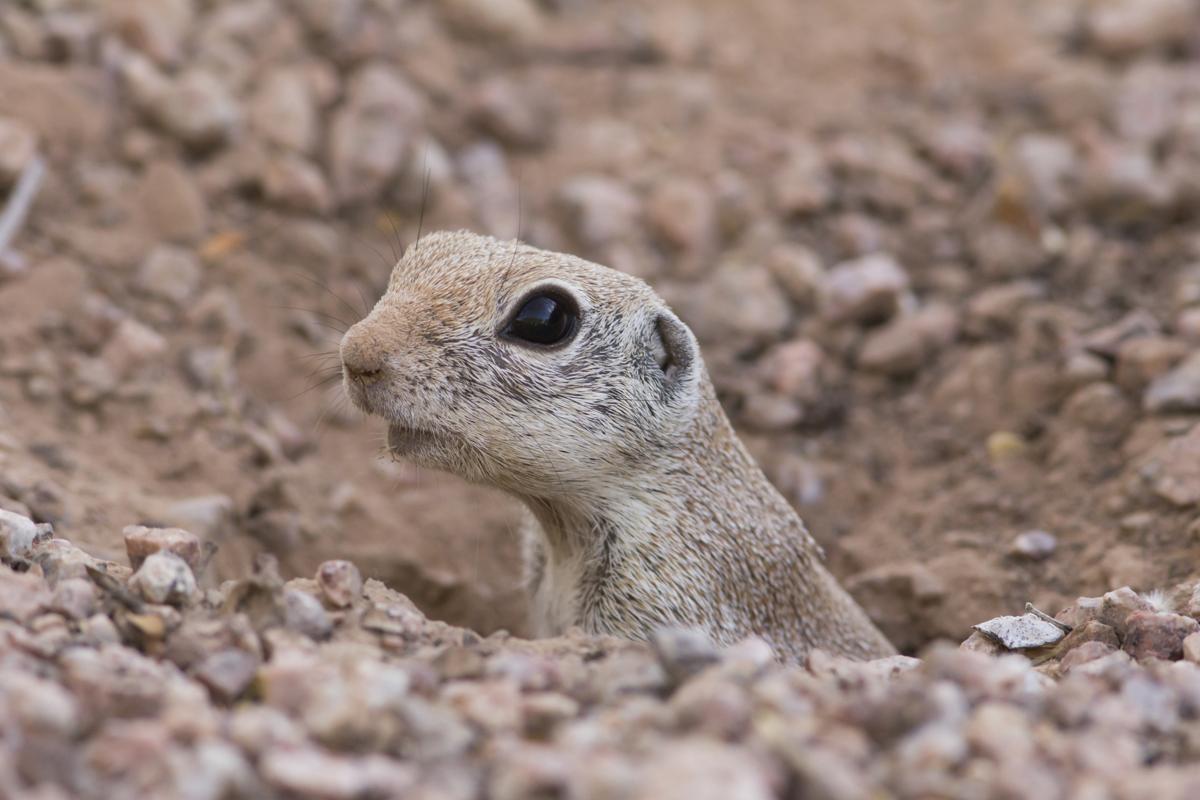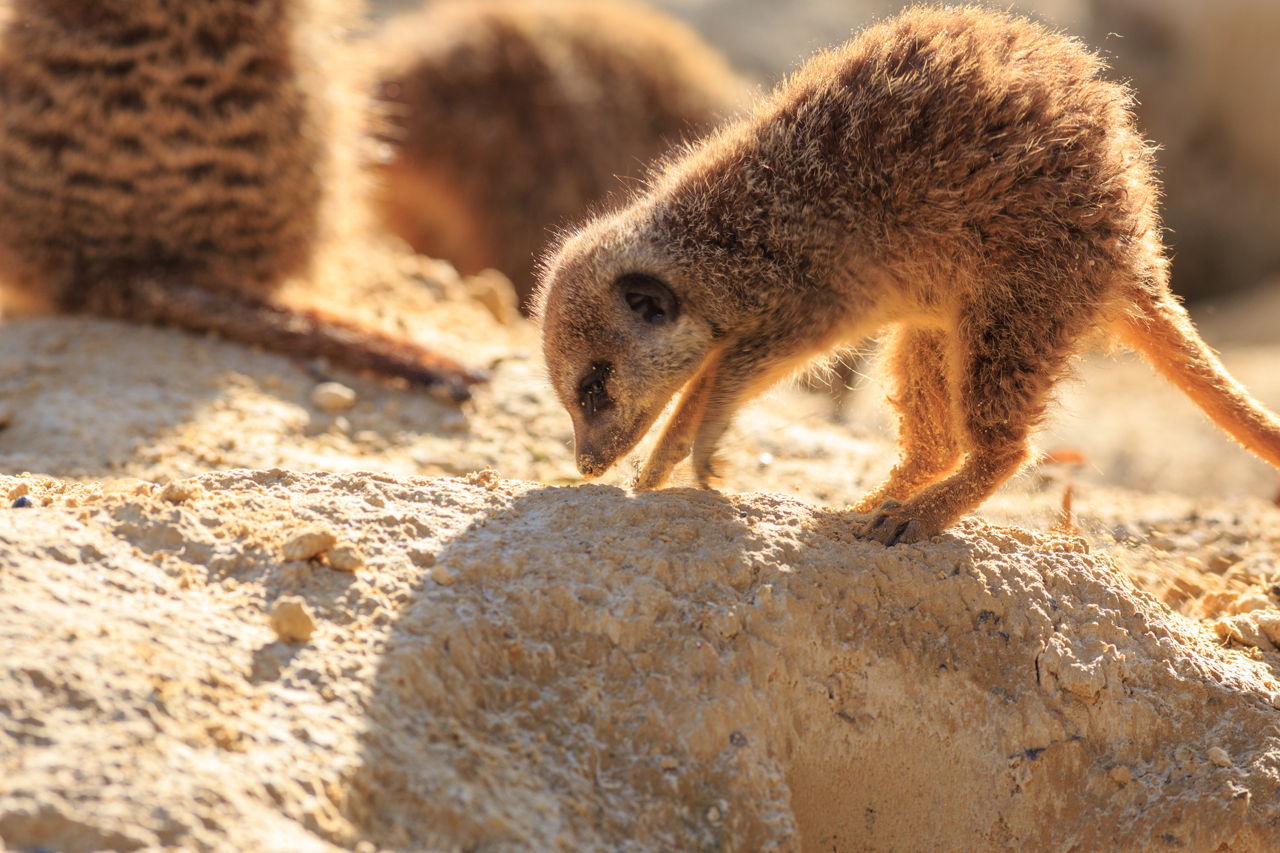Desert Animals Adaptations To Conserve Water

Other common adaptations seen in desert animals include big ears light-colored coats humps to store fat and adaptations that help conserve water.
Desert animals adaptations to conserve water. The pit animals are the excavators who dig galleries. Another example of desert animals that show some classic adaptations are the kangaroo rat seen in the North American. A common desert adaptation in animals is to save water by not exposing themselves to hot temperatures.
Their extra-long ears help to transfer out excess heat from their body into the air. Do desert animals maintain water balance and body hydration level by conserving water better decreasing output as compared with non-desert species or by getting more water each day increasing. Adaptations of Desert Plants.
The kangaroo rat is known for its ability to conserve water in the dehydrating conditions of its dessert environment. Plant and animal bodies are made up of a number of complex biological processes which take place within a. One of the biggest water retention adaptations desert animals have is simply to avoid the sun and extreme heat.
A xerocole from Greek xēros ˈ z ɪ r oʊ s dry and Latin colere to inhabit is a general term referring to any animal that is adapted to live in a desert. One of the biggest water retention adaptations desert animals have is simply to avoid the sun and extreme heat. Other common adaptations seen in desert animals include big ears light-colored coats humps to store fat and adaptations that help conserve water.
This is made possible due to the physiology of the kidney. All desert animals have learned ways and have adapted themselves either voluntarily or involuntarily to avoid the heat of the desert by simply staying out of it as much as possible. The two main adaptations that desert animals show and have are for conserving water and dealing with extreme temperatures by maintaining their internal body temperature.
Other common adaptations seen in desert animals include big ears light-colored coats humps to store fat and adaptations that help conserve water. The most animals small size use these strategies to adapt to the desert. To do this they squeeze out every drop available to them and recycle it in their bodies.



















